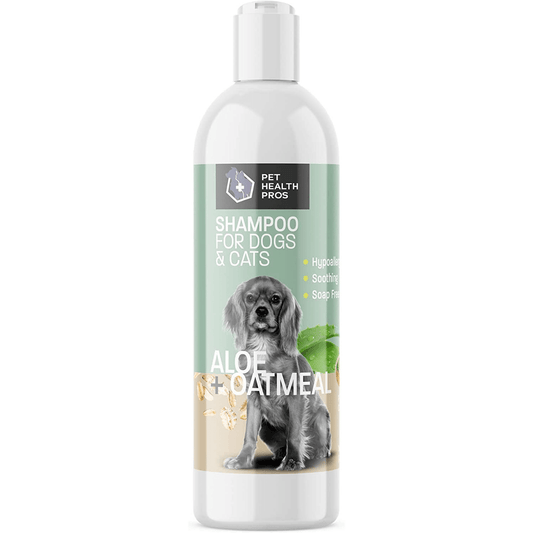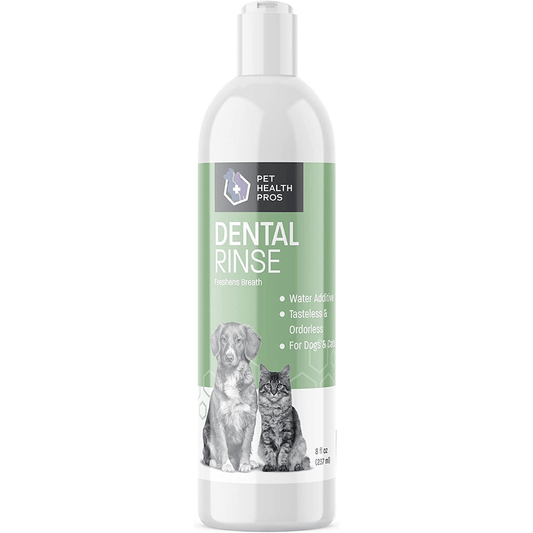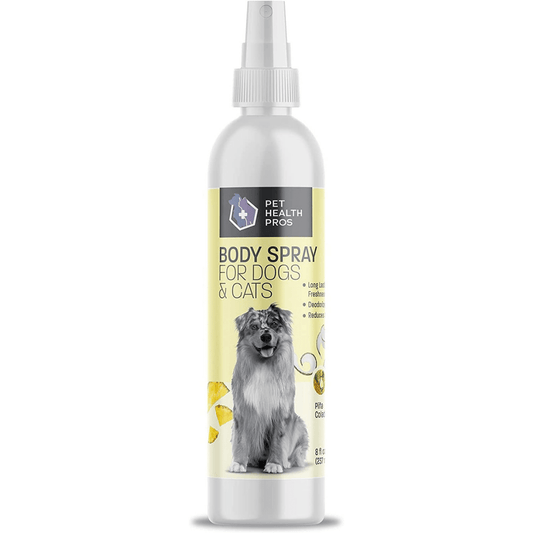Understanding Dog Scooting: Causes and Solutions
Dog scooting is a common behavior in dogs that can be indicative of various underlying issues. Understanding the causes, symptoms, and preventive measures for dog scooting is essential for maintaining your dog's health and well-being. In this article, we will explore the health implications of dog scooting and discuss treatment options to address this behavior.
Key Takeaways
- Regular veterinary check-ups are essential for early detection and treatment of potential health issues.
- Maintaining proper hygiene practices can help prevent skin irritation and infections related to dog scooting.
- Dietary considerations, such as a balanced diet and fiber intake, can contribute to digestive health and reduce the likelihood of dog scooting.
- Medication, topical treatments, and natural remedies can be effective in addressing the underlying causes of dog scooting.
- Surgical interventions may be necessary in severe cases of dog scooting and should be evaluated by a qualified veterinarian.
Understanding Dog Scooting
What is Dog Scooting?
Dog scooting is a common behavior where a dog drags its hindquarters along the ground. This action is often a sign of discomfort or irritation in the anal area. It can be caused by various factors such as anal gland issues, skin irritation, or parasitic infestations. Understanding the underlying cause is crucial for addressing the issue effectively. Pet owners should observe their dog's scooting behavior and seek veterinary advice if it persists or is accompanied by other concerning symptoms. Proper diagnosis and treatment are essential for maintaining optimal pet health.
Causes of Dog Scooting
Dog scooting is a behavior in which a dog drags its hindquarters across the ground. This action is often a sign of discomfort or irritation in the anal area. Common causes of dog scooting include anal gland problems, intestinal parasites, and allergies. Additionally, skin irritation and infections can also lead to this behavior. It's important to monitor your dog's scooting behavior and consult a veterinarian if it persists. Proper diagnosis and treatment are essential for addressing the underlying causes of dog scooting.
Symptoms of Dog Scooting
When a dog scoots, it may exhibit signs of discomfort and irritation. This behavior can be a result of anal gland issues or skin irritation. Dogs may also display excessive licking of the affected area, and in some cases, there may be a noticeable odor associated with the scooting. Additionally, dogs may show signs of redness or inflammation in the perianal region. It's important to observe these symptoms and seek veterinary attention if they persist or worsen. Regular grooming and hygiene practices can help prevent these symptoms from occurring.
Health Implications of Dog Scooting
Potential Infections
Dog scooting can lead to potential infections if not addressed promptly. Bacteria and yeast can thrive in the warm and moist environment around the anal glands, leading to discomfort and health issues for your pet. It's important to monitor for signs of infection, such as redness, swelling, and unusual discharge. Regular cleaning and proper hygiene practices can help prevent the development of infections. Additionally, consulting with a veterinarian for appropriate treatment is crucial to address any infections effectively. Here are some signs to watch out for:
- Redness and irritation around the anal area
- Swelling or lumps near the anal glands
- Unusual discharge or foul odor
Keep an eye out for any changes in your pet's behavior or discomfort, as these could be indicators of an underlying infection. Prompt veterinary care and proper hygiene can help mitigate the risk of infections and ensure your pet's well-being.
Preventive Measures for Dog Scooting
Proper Hygiene Practices
Maintaining proper hygiene for your dog is essential for overall dog health. Regular grooming, cleaning, and bathing help prevent skin issues and discomfort. Use top-quality grooming essentials and skin care treatments to ensure your pet's wellbeing. Implement a regular cleaning routine to keep your dog clean and comfortable. Consider using XL Cleansing Wipes for Dogs by Pet Health Pros for effective cleaning and care. These wipes are formulated with top-quality ingredients to address allergies, itching, hot spots, and ringworm. Ensure your dog's hygiene to promote a healthy and happy life. Remember, a clean dog is a healthy dog.
Regular Veterinary Check-ups
Regular veterinary check-ups are essential for maintaining your dog's overall health and well-being. These check-ups allow the veterinarian to assess your dog's skin health, identify any potential infections, and address any behavioral implications of dog scooting. During these check-ups, the veterinarian may also provide guidance on proper hygiene practices and dietary considerations to prevent dog scooting. Additionally, they can recommend strategies for pet anxiety alleviation to reduce the likelihood of scooting behavior. It's important to follow the veterinarian's recommendations closely and schedule regular check-ups to ensure your dog's health and happiness.
Treatment Options for Dog Scooting
Medication and Topical Treatments
Medication and topical treatments are common methods for addressing dog scooting. These treatments often involve the use of antiseptic sprays and itch relief products to alleviate discomfort and promote healing. Additionally, medicated solutions such as those containing Chlorhexidine and Ketoconazole are frequently recommended for their effectiveness in treating skin conditions. It's important to consider the specific needs of your pet and consult with a veterinarian to determine the most suitable treatment plan. Proper application and consistent use of these treatments are essential for achieving positive results.
Surgical Interventions
Surgical interventions may be necessary for severe cases of dog scooting. These procedures are typically performed by a veterinary surgeon and involve addressing underlying issues such as anal gland problems or rectal polyps. The decision to pursue surgical intervention should be made in consultation with a veterinarian after thorough examination and consideration of the dog's overall health. It's important to note that surgical interventions carry certain risks and require post-operative care to ensure the dog's well-being. Owners should closely follow the veterinarian's instructions and monitor the dog's recovery closely.
- Post-operative care is crucial for the dog's recovery.
- Consultation with a veterinarian is essential before opting for surgical interventions.
- Owners must be aware of the risks associated with surgical procedures and the need for post-operative monitoring.
Hemp chews for dogs can provide natural relief for dogs experiencing discomfort after surgical interventions.
When it comes to addressing the issue of dog scooting, there are several treatment options available to ensure your pet's comfort and well-being. From dietary adjustments to medication and hygiene practices, Pet Health Pros offers a comprehensive range of pet health supplies to support your furry friend's needs. With a focus on affordability and quality, our products are vet-approved and made in the USA, providing you with peace of mind. Visit Pet Health Pros today to explore our range of pet health supplies and give your pet the care they deserve.
Conclusion
In conclusion, understanding dog scooting is essential for every dog owner. By recognizing the causes and symptoms of dog scooting, pet owners can take proactive measures to prevent health implications and provide appropriate treatment. It is important to prioritize proper hygiene practices, dietary considerations, and regular veterinary check-ups to ensure the well-being of our furry companions. With the right knowledge and care, we can help our dogs lead happy, healthy lives free from the discomfort of scooting.
Frequently Asked Questions
What is dog scooting?
Dog scooting is when a dog drags or rubs its bottom along the ground or floor. It is often a sign of discomfort or irritation in the anal area.
What are the common causes of dog scooting?
Common causes of dog scooting include anal gland issues, allergies, skin irritation, and gastrointestinal issues.
What are the symptoms of dog scooting?
Symptoms of dog scooting may include redness or swelling around the anal area, excessive licking or biting, and a strong odor.
How does dog scooting impact skin health?
Dog scooting can lead to skin irritation, hair loss, and the development of hot spots or sores on the skin.
Are there potential infections associated with dog scooting?
Yes, dog scooting can lead to bacterial or yeast infections in the anal area if left untreated.
What are some preventive measures for dog scooting?
Preventive measures include maintaining proper hygiene, providing a balanced diet, and scheduling regular veterinary check-ups.









